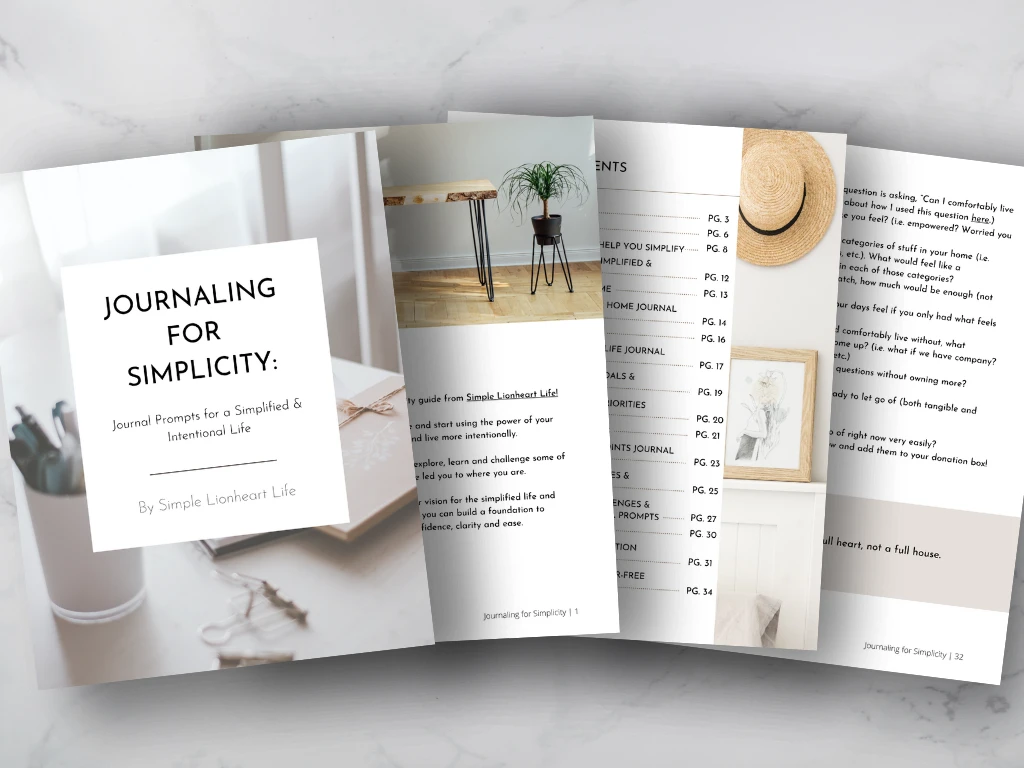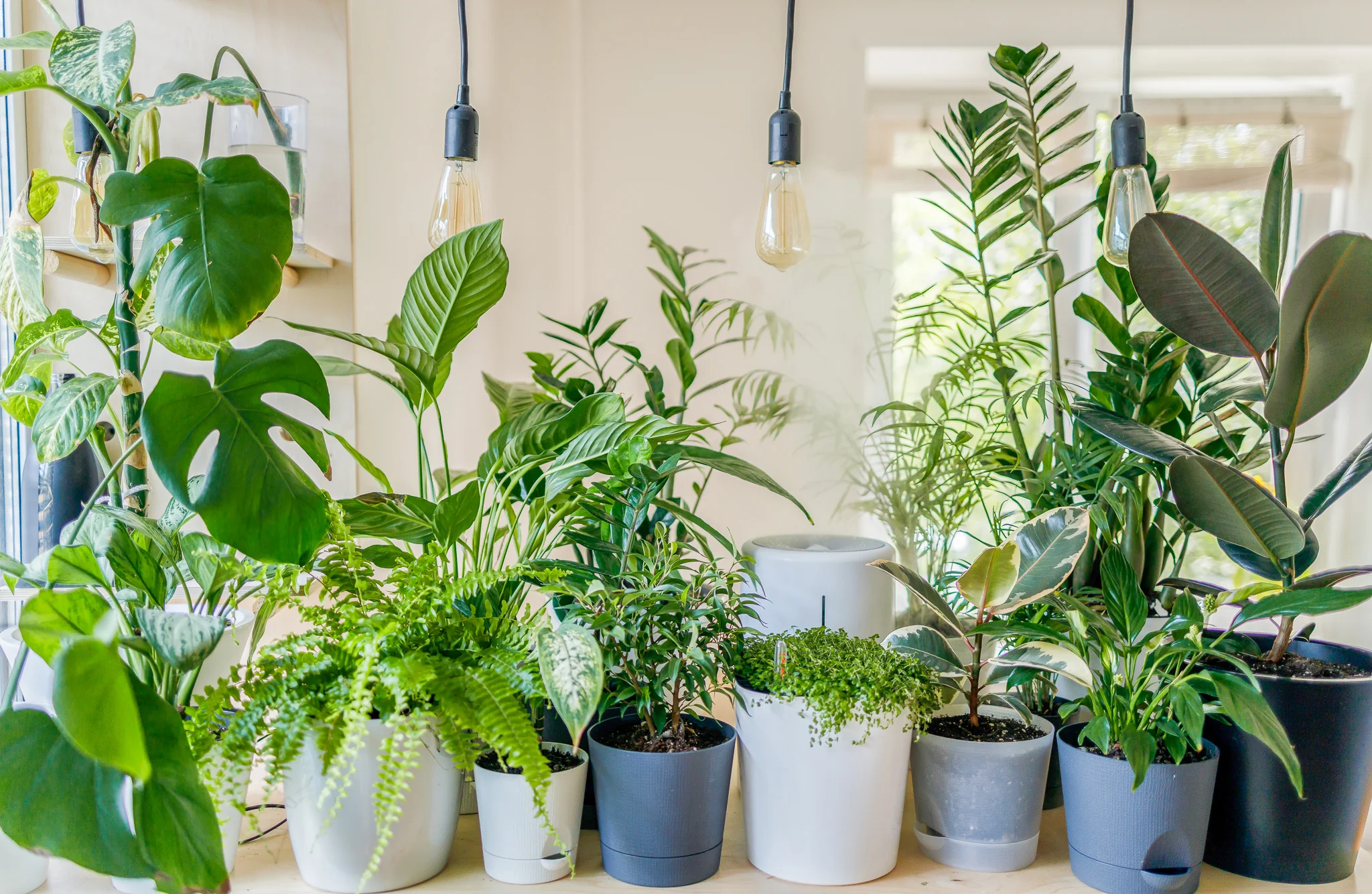Journaling can change how you live. It helps you slow down. It helps you see what matters. You do not need fancy tools. A simple notebook and 10 minutes can be enough. This article shows why journaling works, how to journal with intention, and gives ready-to-use prompts for clarity, goals, calm, and growth. It also includes tips for busy people, students, parents, and anyone in India who wants more focus and meaning.
Why journaling works — the science, in simple terms

Writing about your thoughts and feelings helps the brain organise them. Expressive writing and structured journaling can reduce stress. They can improve mood and emotional processing. Studies of expressive writing show benefits for depression, anxiety, and coping after difficult events. Gratitude-style writing and positive journaling also lower stress and increase wellbeing in many studies. These effects are not magic, but they are real and repeatable when you make writing a habit.
What is intentional journaling?
Intentional journaling means you write with a purpose. You do not just dump thoughts. You choose a focus before you write. You might focus on values, on one problem, on gratitude, or on a single goal. This way, each short entry nudges your actions. It trains your mind to notice what you want to grow. Intentional journaling is great for busy lives because it makes small writing sessions powerful.
Also Read Eat With the Seasons, Feel Your Best: A Simple Indian Guide to Seasonal Eating 🌾🥭
How often and how long should you write?
Start small. Ten to fifteen minutes a day is a good goal. Even three short entries a week help. Some research shows that short, regular writing sessions work well for mood and stress reduction. You can write in the morning to set the tone. Or you can write in the evening to reflect. The key is consistency more than length.
Which journaling style fits you?
There are many styles. Pick one or mix them. Free writing is where you write whatever comes out. Bullet journaling uses short notes and lists. Gratitude journaling lists things you feel thankful for. Goal journaling tracks progress and next steps. Morning pages are stream-of-consciousness pages done first thing in the day. Positive affect journaling focuses on small good things and how they made you feel. Try two styles for a week each and keep what helps.
How to make your journaling intentional — a quick routine
- Pick a time. Ten minutes after tea or before sleep works for many people.
- Set a short intention (one sentence). Example: “Today I want clarity about work.”
- Choose a prompt (see long prompt lists below).
- Write without editing for 5–12 minutes.
- End with one small action to take today.
This routine keeps entries practical and useful. It turns feelings into steps.
Core journaling prompts for intentional living
These short prompts help you reflect on values, goals, and daily choices. Use one per session. Write for 5–12 minutes.
- What matters most to me this week, and why?
- Which one habit would improve my day-to-day life? What is a tiny step to begin?
- Where did I feel most alive this month? Describe it.
- What fear is holding me back right now? How could I test that fear with one small action?
- Who in my life supports my growth? How can I thank them this week?
- What are three things I am grateful for right now? (Name specifics.)
- What did I learn about myself this month? How will I use it?
- What would a ‘good day’ look like next week? List the top three elements.
- What old story about myself no longer serves me? Rewrite it as a kinder truth.
- If I had one hour without obligations, how would I spend it to feel nourished?
Journaling prompts for decisions and clarity
Use these when you face choices. They help you weigh heart and facts.
- What are the pros and cons of each option? Be honest and brief.
- If I choose this path, what will I likely gain in 6 months? What will I likely lose?
- Who will this decision affect and how? Name two stakeholders.
- What is my gut saying? Describe the physical feeling of your decision.
- What would I advise a close friend to do if they were in my place?
Journaling prompts for emotional clearing and healing
These prompts help with stress, anger, and sadness. Use gentle pace and self-care after deep writing.
- What emotion comes up most today? Where do I feel it in my body?
- Tell the story of this emotion as if you were an observer. What facts stand out?
- What small act of kindness can I offer myself this evening?
- What do I need to forgive—of myself or others—to move forward?
- What did this pain teach me that I can use later?
Journaling prompts for goals, habits and productivity
Use these to convert ideas into action.
- What is my one big goal for the next 90 days? Break it into weekly steps.
- Which habit will most help that goal? How will I track it?
- What tiny win did I have today? Celebrate it in one sentence.
- Which distraction cost me time today? What boundary will I set tomorrow?
- What resources or people could help me this week?
Journaling prompts for creativity and curiosity
These prompts spark new ideas and play.
- What is a small experiment I can do this weekend? (No pressure on outcome.)
- What did I enjoy as a child that I can try again now?
- Describe an imaginary morning in a city you want to visit. What senses stand out?
- What question would I ask a wise person about my life? Try answering it as them.
- Write a five-line future postcard to yourself from five years ahead.
Practical tips for Indian readers
If you live with family, keep your journal in a private place or use a digital lock. Morning chai is a natural time for a 5–10 minute prompt. Use local rituals to anchor writing. For example, write one short gratitude line after the family meal, or pair journaling with a short walk in the garden.
If English feels hard, write in your mother tongue—thoughts flow better when words feel natural. Use traditional notebooks available at local stationery shops or a simple phone notes app when space is limited.
For children and teens, use simple prompts like “What made me smile today?” and “What would I like to learn this week?” Schools and parents in India are increasingly supporting journaling as a well-being tool, and short guided prompts work best for young learners.
Digital vs paper journaling
Paper helps deeper focus for many people. It slows you down and makes reflection tactile. Digital journaling wins for speed, searchability, and privacy on password-protected apps. Use both. Try paper for longer reflections and digital for quick daily check-ins.
A 7-day starter journaling plan
Day 1: Core prompt: “What matters most this week?” + one action.
Day 2: Gratitude: list five small things and why.
Day 3: Decision prompt: write pros/cons of a choice.
Day 4: Emotion clear: name the main feeling and where it lives in your body.
Day 5: Goal habit: plan one tiny habit and schedule it.
Day 6: Creative prompt: imagine your ideal morning.
Day 7: Reflection: what changed this week? What next?
Safety and limits of journaling
Journaling helps most people. But it is not a substitute for professional therapy. If your writing brings up intense trauma or suicidal thoughts, stop and seek professional support right away. Share your experience with a trusted person or a mental health professional. Journaling can be a tool inside therapy, but it is not a full treatment for severe mental illness.
FAQs on intentional journaling
Q: I can’t write well. Will journaling help?
A: Yes. Journaling is about thinking, not style. Short sentences and lists work fine. The goal is clarity, not perfection.
Q: I miss days. Is that bad?
A: No. Intentional living is a practice. Missing a day is normal. Start again tomorrow.
Q: How private is digital journaling?
A: Security varies by app. Use strong passwords and trusted apps. Or keep private paper journals in a safe place.
Q: Will journaling make me overthink?
A: It can at first. That is normal. Over time, writing helps you see patterns and make better choices.
Q: Can families journal together?
A: Yes. A short family prompt after dinner can build connection. Keep it light and optional.
Final note on journaling for intentional living
Journaling is a small daily habit that yields steady change. It turns vague feelings into clear next steps. It helps you live more intentionally—by design, not by accident. Use the prompts here to start. Be kind to yourself as you write. Keep it simple. Keep it regular. Over weeks, you will notice more calm, better focus, and clearer choices in your life.
Author- Ayush















